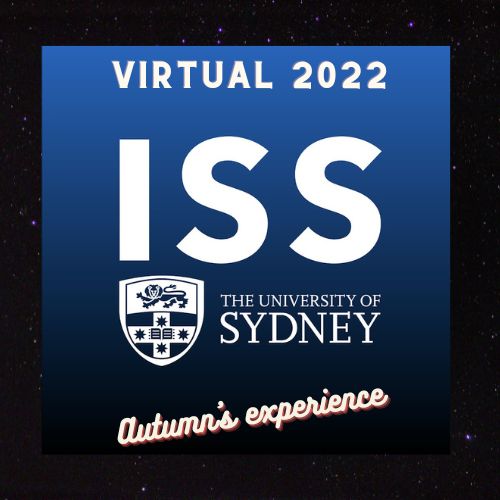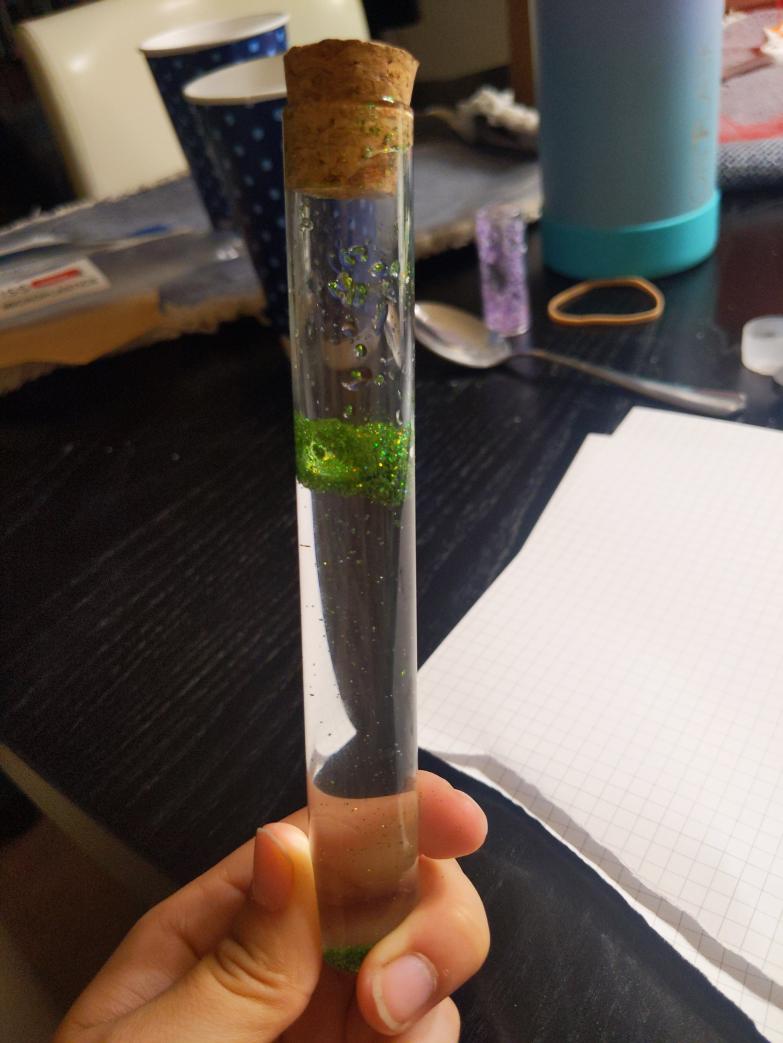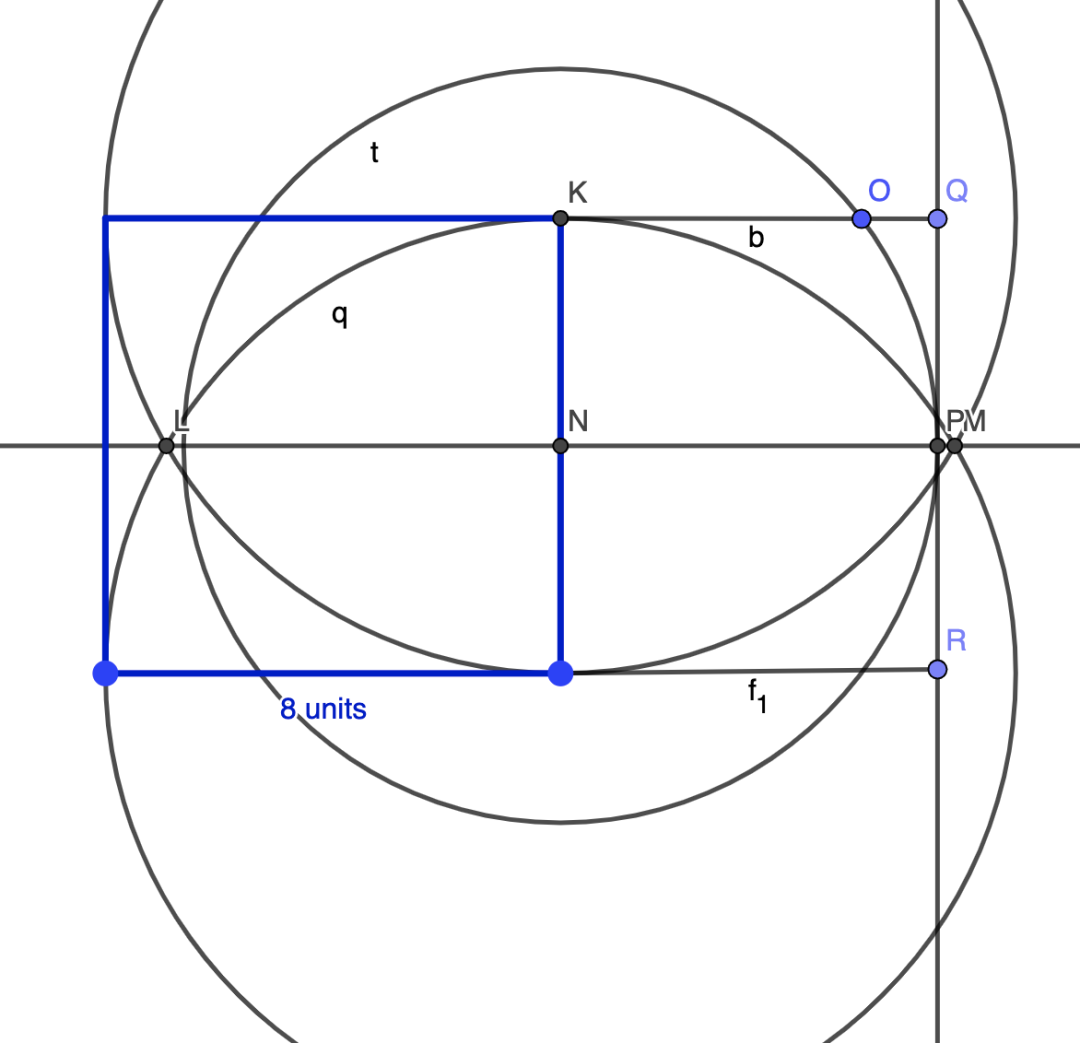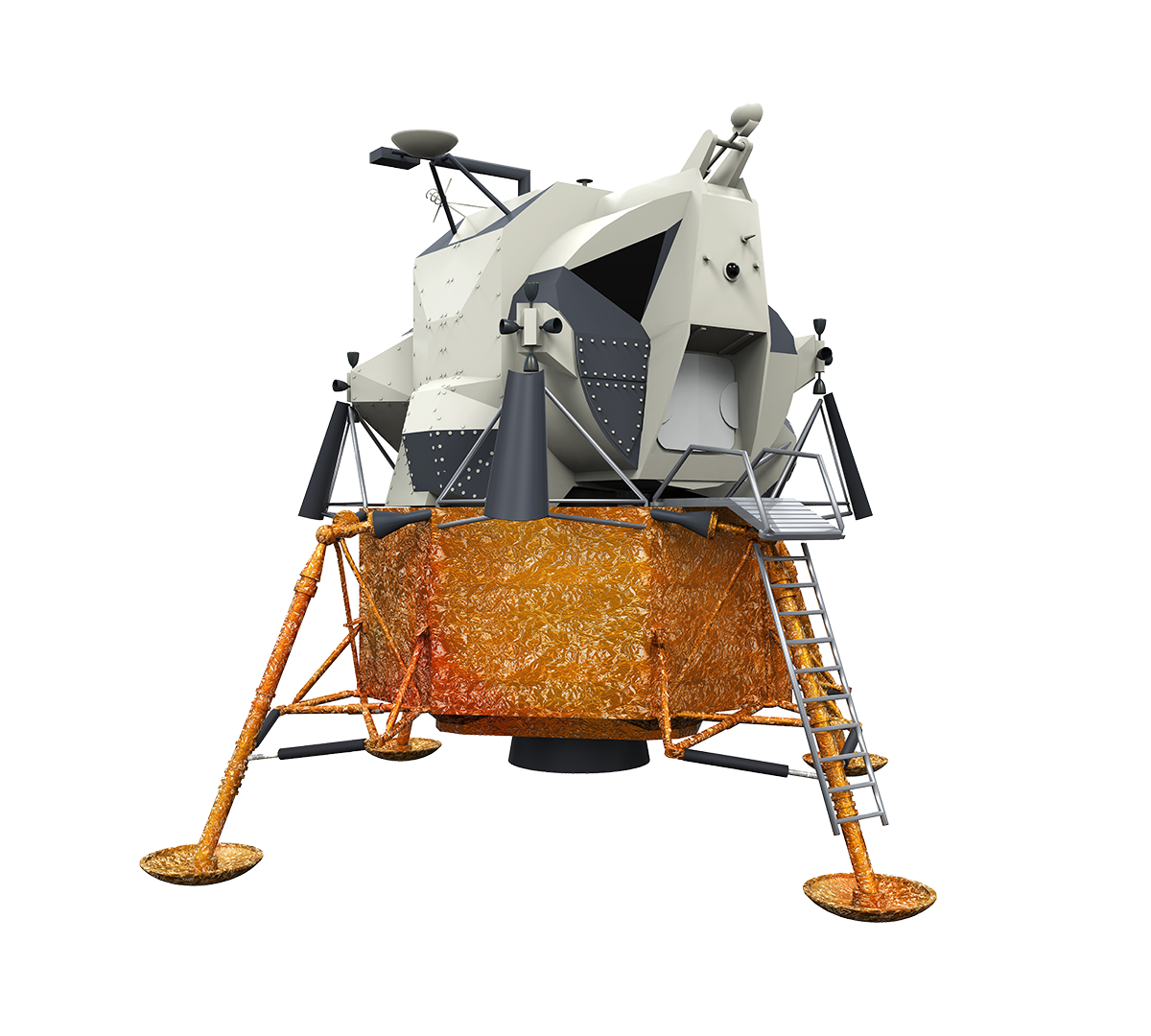This past summer, I virtually attended the International Science School. A program based in Australia, they invite students all over the world to engage in exciting and interesting projects, lectures, and discussions about a variety of scientific fields of study. I was so fortunate to have attended this program, despite being 15 hours behind Australia Eastern Standard time. This incredible experience allowed me to delve into so many captivating career fields and research topics, ranging from chemistry to nanoscience, and I’m so grateful to have participated in it.
Even before the week of activities began, I received multiple huge boxes sent from Australia with supplies that I would need for experiments. Like sand, filters, dried methylcellulose (dried soy pattie), and a whole set of electrolysis experiment supplies. I could have started my own lab if I really wanted to! Little did I know what I’d be getting up to at 11 pm in the kitchen, on a zoom with some of the University of Sydney’s finest scientists.
During my “stay” at the International Science School, or the ISS, I got to be a part of the Orange Group. With so many students, around 140, participating in this program from around the world, they had to divide us up somehow. And I can confidently say, the Orange Group was the best. The groups would rotate doing different activities- having lectures at the same time and then doing our experiments at different times. I think the two favorite experiments we did were the sand-filtering experiment for the Chemistry workshop, and the Math workshop, where we worked with Euclidean Geometry to produce proofs with Geogebra. I thoroughly enjoyed the filtering because of the concept behind it. The premise was that the students were studying ways to filter water for microplastics that could seep into drinking water in cities from landfills and beaches. After the experiment, our brains were picked to see what we could come up with to solve this world-wide problem. We were also taught about how common microplastics are and ways to prevent the use of them in our own lives. Similarly, the Math workshop was really captivating because I felt like it really challenged me. Using the program Geogebra was a great way to bring a physical aspect into a seemingly two-dimensional concept. It took something that I assumed was lecture-based and turned it tactile. This is something that I found the creators of the ISS were incredibly great at. Captivating and making this experience engaging for us, despite the distance.
Luckily, the lectures for the ISS were all in the “morning”, or the early evening for me. This made it possible that I was able to pay good attention to every lecture. All of the lecturers were absolutely incredible, and offered some fascinating knowledge of complex ideas that were conveyed phenomenally. They alone convinced me to consider the University of Sydney for my college applications. Of the lectures though, I especially enjoyed the astronomy lecture by Elaine Sadler. In my academic pursuits, I plan to study astrophysics. Seeing this field represented and discussed as the first lecture of the series was so exciting, and I was so grateful to have been a part of such an interesting discussion. She discussed in-depth the processes of radio telescopes, as well as the benefits when compared to optical telescopes. It gave me an extremely interesting insight on the difference, as well as the future possibilities of this technology. Another talk that I thoroughly enjoyed was by Jacinta Cleary, a researcher in Biomedical engineering, and the possibilities and science of prosthetics. She discussed this as well as her research into the repairing and correction of facial paralysis, that hopefully can restore the patient’s ability to blink. This discussion was fascinating as she was so open to our questions about the future of biomedical engineering and genetic engineering. Lastly, I had to enjoy the talk with Dr. Karl Kruszelnicki. He was simply phenomenal. He covered such a wide variety of subjects, talked at just the right speed, and was hilarious. He made us feel comfortable and I learned so much just listening to him talk. He is most definitely an incredibly intelligent and remarkable professor.
Overall, this was an incredible opportunity to explore other career fields that I haven’t before, get great insight on the University of Sydney, participate in some incredible lectures, and be around a community that is as passionate about the sciences as I am. I am so grateful to have participated in this program! Thank you to the International Science School, Christopher Stewart, Michelle Lucas, and Ms. Claudia Zhang.





